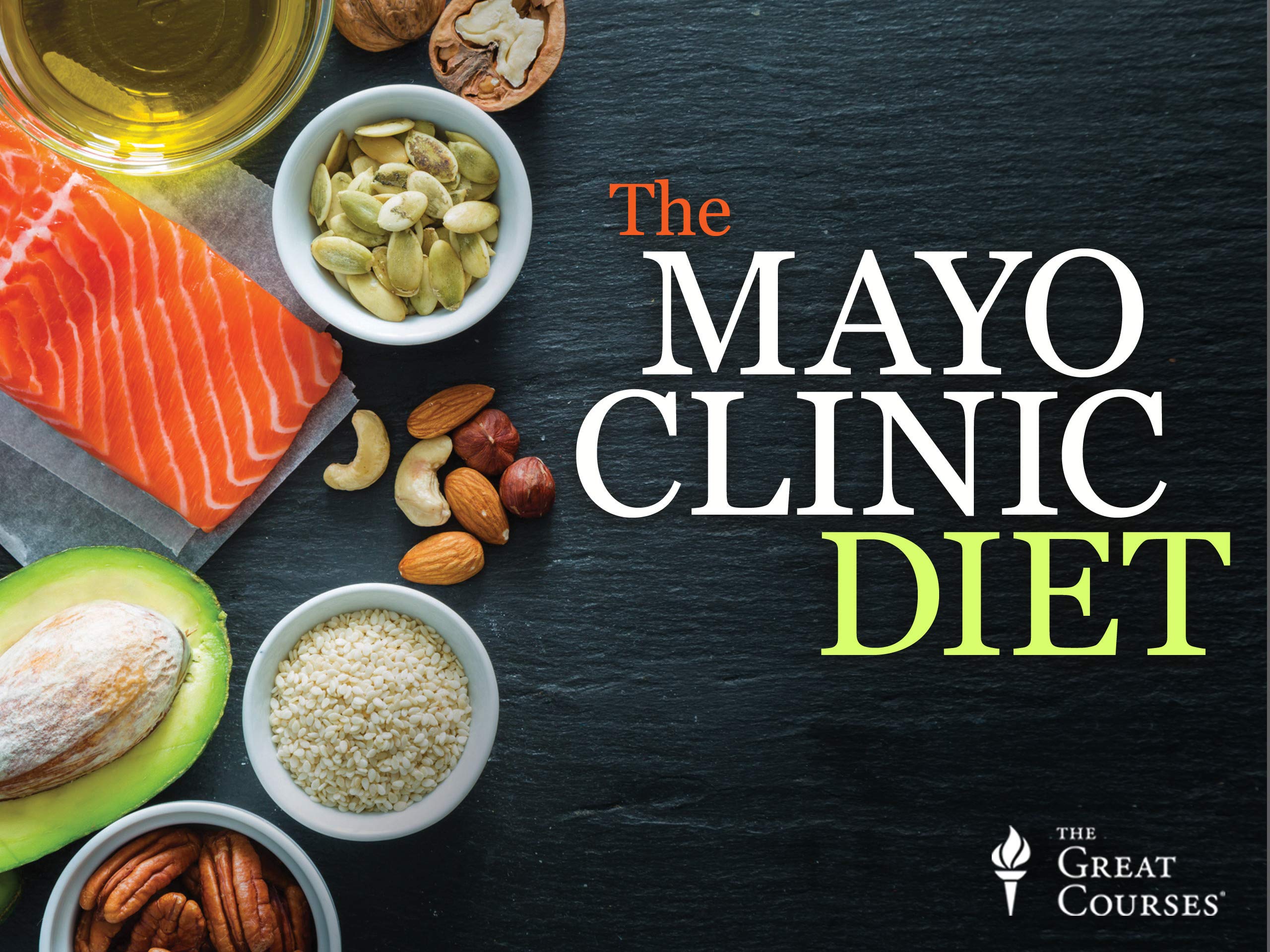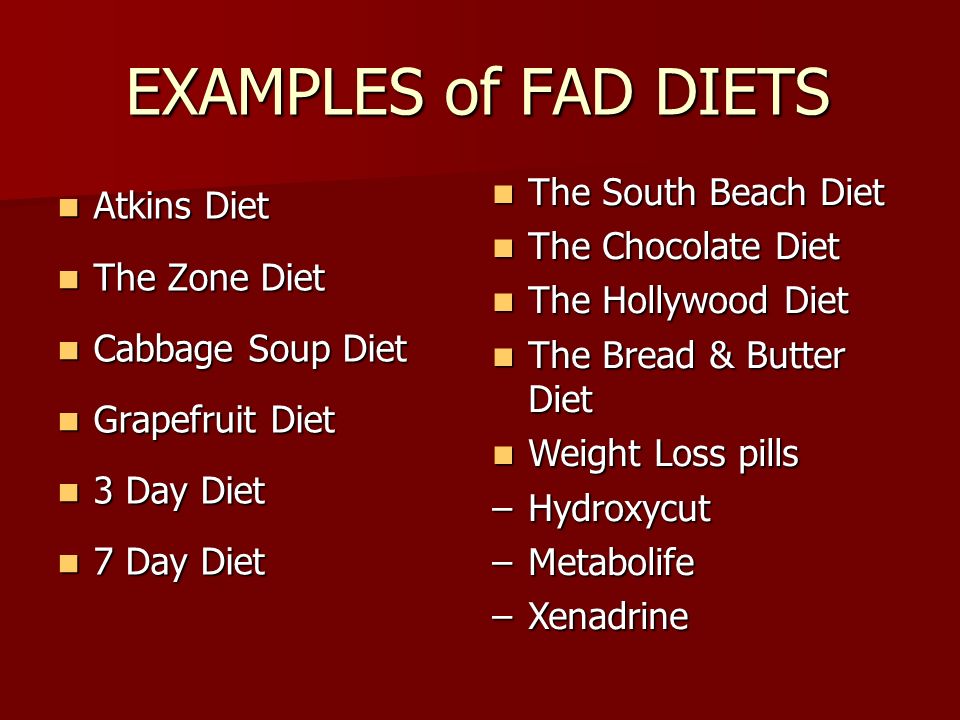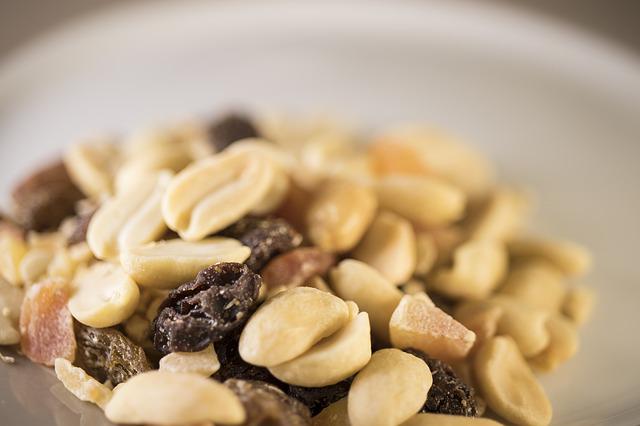
The paleo menu emphasizes eating foods our ancestors used to eat. This diet includes food such as apricots and dried pumpkin seeds. It also includes sweet potatoes, chicken, and vegetables. EatingWell understands that the paleo diet can be restrictive. However, they believe in the value of certain foods. We'll show you how to eat them while maintaining a healthy diet.
Pola makanan, paleolithic manusia
Christina Warinner, Ph.D., studied pola makan manusia purba and mitos-mitos pola makanan paleolithic manusia in 2010. She claims that manusia Paleolithic manusia ate large amounts of daging as well as all types of meat. This myth was widely believed by paleolithic people, but is now considered outdated and irrelevant.
The diet paleo, also known to be the diet the manusiagua, allows for a more traditional way of eating that is similar to what manusias gua or man used to have. They preserve their heritage, and their kesehatan will be better. This diet isn't for everyone. It is not for everyone, and is suited for only a limited number of people.
The lukisan in the Ramasokat is made up of two types of kelompokan: ceruk and lukisan gua. They were found in the Liabalano and Sulawesi Tenggara areas. The lukisan gua has a combination of proteins, fats and carbohydrates. These nutrients are essential for healthy living and can help us understand the subtleties of human evolution.

Modern people eat a varied diet that has many benefits and some downsides. People who eat foods rich in nutrients, such as those found in the Paleolithic Era, will be more likely to develop diseases. You can reduce your chance of getting sick by eating clean. Clean Eating will help you eat better. These are the obvious benefits to eating clean: A diet low in fat can help your health. You won't get sick by overeating.
Paleolithic diet food list
Many foods found in processed food contain added sugars, vegetable oils, and artificial sweeteners, which can be detrimental to your health. In excess of salt, refined sugars and other sweeteners can lead you to becoming obese. Salty foods can also contribute to heart disease. Vegetable oils are also controversial; the American Heart Association recommends safflower or corn oil as replacements for canola oil. These oils contain high amounts of omega-6 fat acids.
Many commercial paleo diets prohibit dairy products, but others have stricter restrictions. A paleolithic diet allows for lean pork loin, roasted chicken, onion and carrot stuffing, as well as steamed broccoli. Other paleo diet plans allow little honey or maple syrup. Research on the health benefits of this diet is mixed.
Legumes, which are high in phytic acid, should be avoided by paleo-lovers. These substances block the absorption from the gut of essential minerals. In some cases, however, they may be allowed. Although it can be tempting for some to eat legumes or potatoes, it is not advised to do this as often as with other processed foods. Your daily meal plan should contain plenty of fruits or vegetables.
Guidelines for eating paleolithic food
While the Guidelines for Eating the Paleolithic Diet differ from modern food, they both follow the same principles. Although the Paleolithic diet was mostly made up of animal products, it also includes a lot of plants and has few restrictions. It is important to remember that your genetic makeup may not allow you to eat this diet. Additionally, the increased meat consumption may be detrimental to your health. You should be cautious if you believe you could benefit from Paleolithic eating habits.

Paleolithic diet excludes the most popular food groups, including dairy products. Cutting out these key food groups may leave you at risk for nutritional deficiencies. A lack of calcium can cause tooth decay. Deficit in this essential mineral could also lead to bone and tooth problems. Calcium plays an essential role in blood clotting. Whole grains are also less likely to develop heart disease, stroke, or type 2 diabetes. However, calcium deficiency can occur because grains have been largely eliminated.
The guidelines for eating a Paleolithic diet have many specific tenets. It emphasizes eating healthy foods and nutrient-rich plants. It also limits processed foods. It is important to adhere to the guidelines so that you don’t get carried away. Each person's paleolithic lifestyle is unique. It is important to understand that the Paleolithic diet is based on a lifestyle that was prevalent 10,000 to 12,000 years ago.
FAQ
What does it take to become a chef in the United States? What is the average career path?
A chef's career takes about five years. This time you'll learn the basics of cooking and work as a cook assistant. After your training is complete, you will be eligible to apply for a job as a sous chef, executive chef, or line cook. A chef can earn between $25,000 and $60,000 annually.
What ingredients do I need to purchase to cook?
You don’t always need to buy the ingredients. Many grocery stores carry pre-made sauces and items that can be used as substitutes. However, if you want to save money, then buying pre-made meals can be helpful.
How can I get hired to be a chef?
The first step toward getting a job as a chef is to complete a culinary arts degree. You can then join a professional group such as ACF. This organization offers certification exams, as well networking opportunities.
Statistics
- You'll be amazed that over 90% of CIA students receive scholarships and grants to finish their culinary studies. (ischoolconnect.com)
- In the United States, the category is estimated at $23.2 billion annually and is growing faster than the market. (washingtonpost.com)
- According to the BLS, chefs earn $58,740 a year. (learnhowtobecome.org)
External Links
How To
How to Be a Chef
Chefs are one of the most fascinating careers. It requires a lot of knowledge and skills, making it difficult to find out what job would suit your interests best. There are many opportunities to begin working right away if this is your goal. You can either work at restaurants, hotels, catering companies, or even take up cooking classes. We have some helpful tips to help you make the right decision when choosing a career as a chef.
-
Learn to cook!
Cooking is something everyone should learn at least once in their life. It doesn't matter if your knowledge of food is limited, you can learn how to make it. So many different recipes are available online, and they are easy to follow. It is important to not rush when learning new things. Take your time, enjoy each step, and don't rush to learn new things.
-
You should get a degree in culinary arts
If you wish to become a professional chef, a culinary arts degree might be the right choice. By doing this, you can develop your own style and learn valuable knowledge. Culinary schools offer classes in pastry making, baking, meat cutting and many other subjects. They usually require students to attend classes for several years before they graduate. However, if you really wish to become a chef you need to think twice about choosing any school.
-
Work in a restaurant
Working in a restaurant is probably the easiest way to enter the world of chefs. Because they have the opportunity to gain practical experience, most people decide to become chefs. Restaurants want qualified staff, especially if they have had experience in other fields. You should apply for jobs in restaurants if you are interested in becoming a chef.